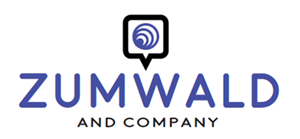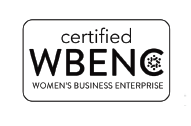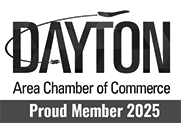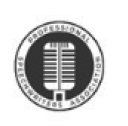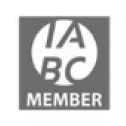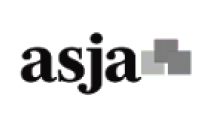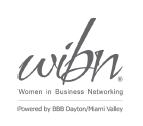Why B2B communications must get leaner in light of coronavirus
 Are you overwhelming audiences with flotsam and jetsam in your B2B communications?
Are you overwhelming audiences with flotsam and jetsam in your B2B communications?
Now overflowing the inboxes of leaders at all levels are hourly announcements of online meetings, webinars and virtual events we “must attend” as we figure out how to do business in a world stricken by the coronavirus.
All of us now have a new part-time job: to sift through the never-ending cascade of B2B communications pleading with us to please, right now – today! – register for previously scheduled face-to-face events reimagined for the virtual world, and newly created online events advising us how to adapt and serve our stakeholders in the wake of the pandemic.
Like you, I’ve been overwhelmed by the onslaught of long missives from every corner of the business world: associations, chambers of commerce, government agencies, consultants, training companies and service providers.
That’s why I was so inspired by the no-nonsense B2B communications email I received last week from Gallup.
It was a webinar invitation I could read and act upon in mere seconds – not minutes.
This is where we need to go, folks, in this age of overwhelm.
I expect no less from Gallup, the familiar, 85-year-old public opinion firm that delivers “analytics and advice about everything that matters” to “help leaders and organizations solve their most pressing problems.”
Here’s what I liked about Gallup’s approach to B2B communications in light of the current crisis.
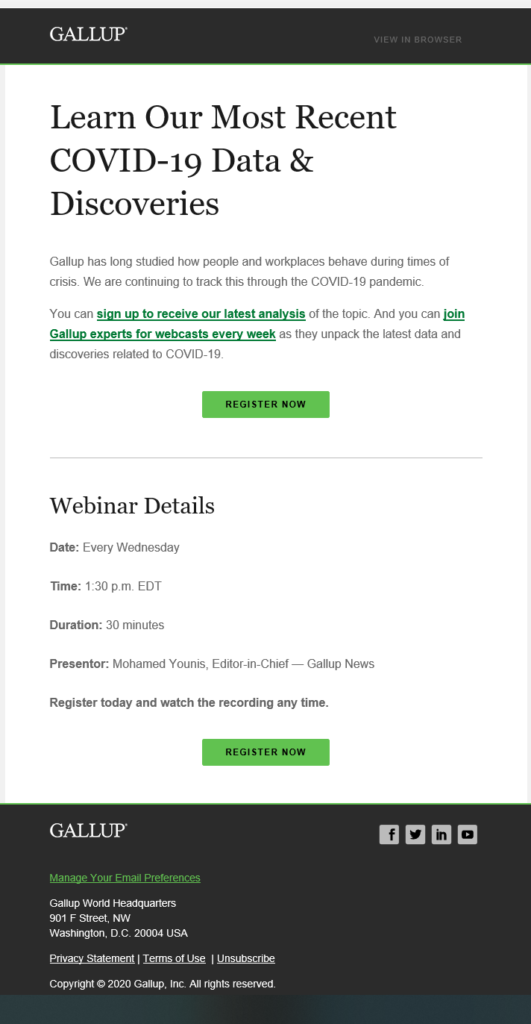 1. The headline promised me a payoff.
1. The headline promised me a payoff.
“Learn Our Most Recent COVID-19 Data & Discoveries” read the eight-word headline.
Why did it work?
- It started deliberately with a strong action verb: “learn.”
- It hinted at the urgency with “our most recent” COVID-19 data.
- It aroused my curiosity with the word “discoveries.”
Plus, the headline was three times the size of the body copy.
So I had to pay attention.
2. Gallup made a strong case for me to act – in just two sentences.
“Gallup has long studied how people and workplaces behave during times of crisis. We are continuing to track this through the COVID-19 pandemic.”
Based on these two short sentences, here are the dots I connected in my head:
- “They know what they’re doing.”
- “They’ve been here before.”
- “They’re on top of this crisis.”
- “I need to know what they know.”
3. Gallup told me exactly what to do – in just two sentences.
“You can sign up to receive our latest analysis of the topic. And you can join Gallup experts for webcasts every week as they unpack the latest data and discoveries related to COVID-19.”
Here’s what worked:
- Both sentences started with “you.” Gallup was talking to me and about me – not about itself.
- Bold, underlined, colored links started with strong action verbs that clearly told me exactly what to do: “sign up” and “join.”
- Experts would “unpack” (another strong action verb) the latest data and discoveries. That told me I would hear interpretations and conclusions I could apply in my work – real value in exchange for my time.
Gallup’s entire B2B communications email was only a headline plus four sentences – but it was everything I needed to know to decide whether to act.
And I did.
I registered for the series, especially after I skimmed the list of details and saw that each weekly webcast was just 30 minutes – not 60 or 90 minutes, which is typical.
A half-hour webcast?
These are the dots I connected in my head:
- “They know I’m busy and overwhelmed right now.”
- “They respect my time.”
- “They’ll get right down to business since they have just 30 minutes.”
When it was time for the webcast, I took a break from my work and tuned in.
And I was not disappointed.
For the foreseeable future, we can expect our audiences to feel burdened by overwhelming anxiety, uncertainty and unsettling news about what’s happening now and what might be coming next with this pandemic.
No doubt there’s a lot to sort through.
And much more to figure out.
As leaders, executives and communicators, if we want to show people we really care, we ought not add to their overwhelm with flotsam and jetsam in our messaging.
We need to opt for no-frills B2B communications if we want to people to read, understand and respond to our opportunities – and do what we’re asking them to do right now.
So here is the challenge, inspired by the example set by Gallup with its simple webinar invitation:
What can YOU accomplish this week with only a headline plus four sentences?
